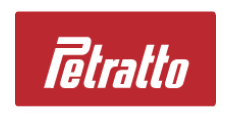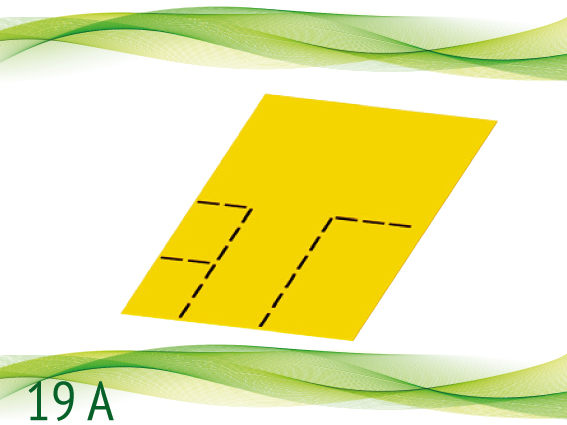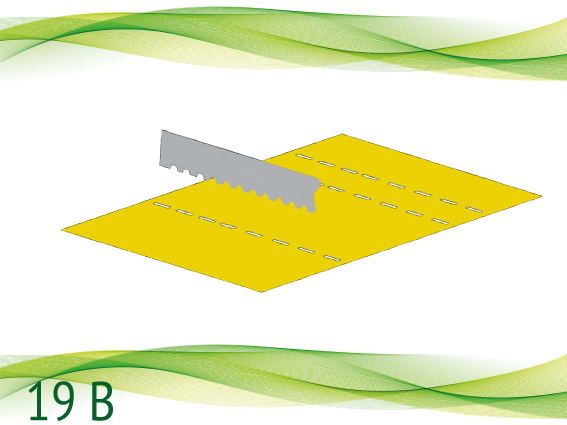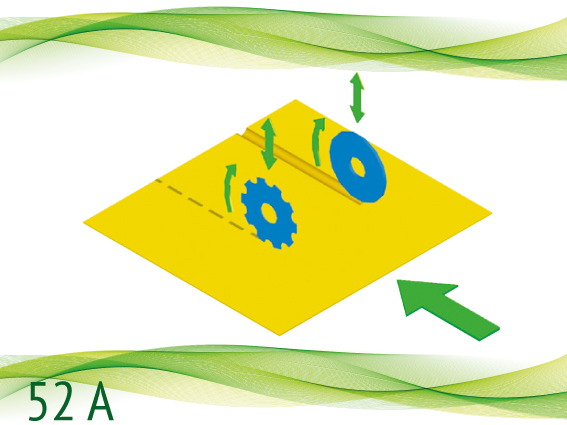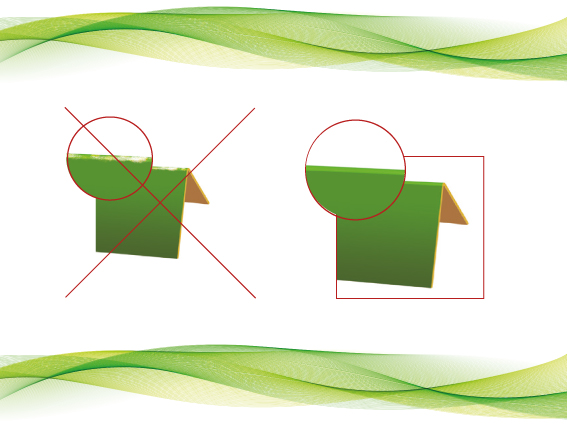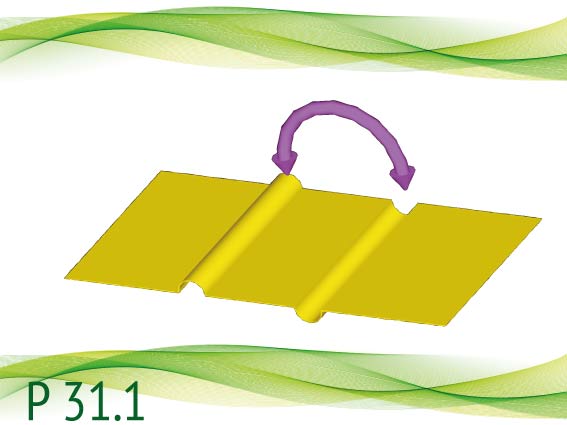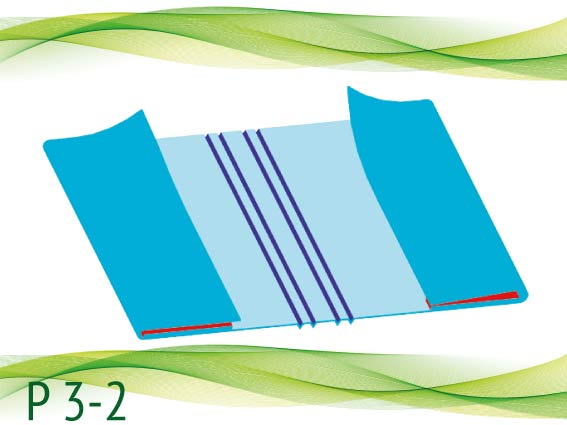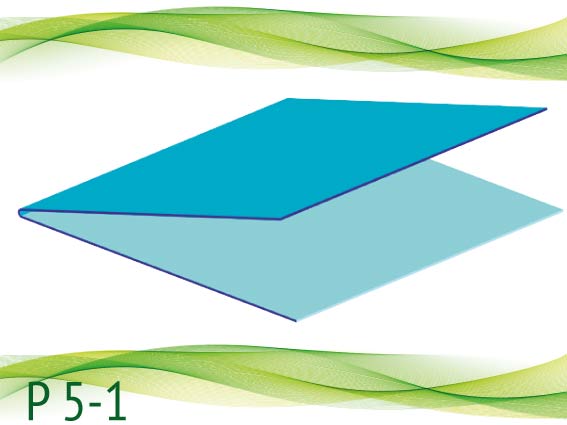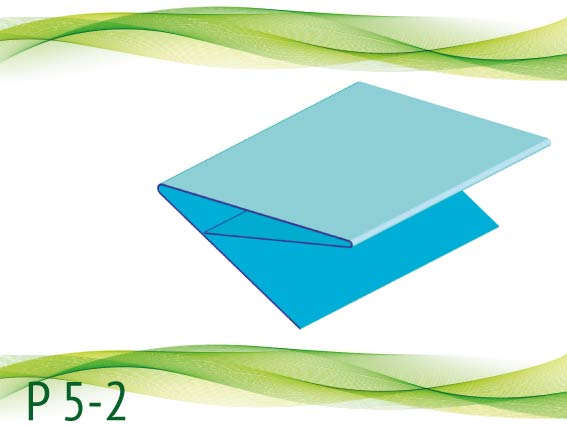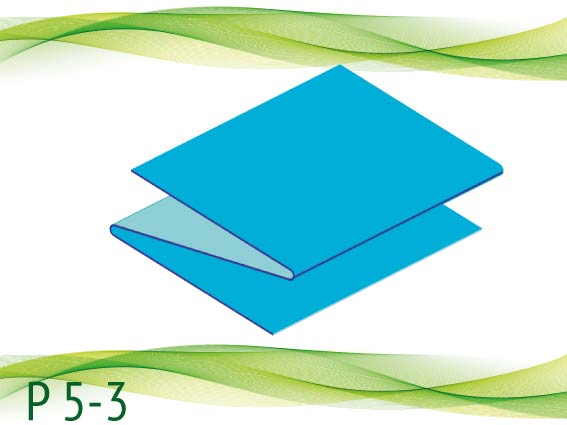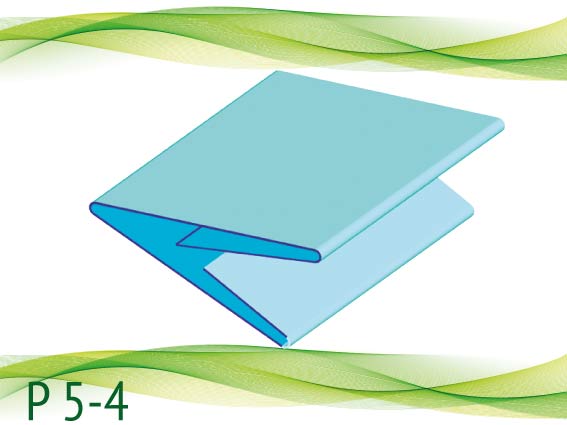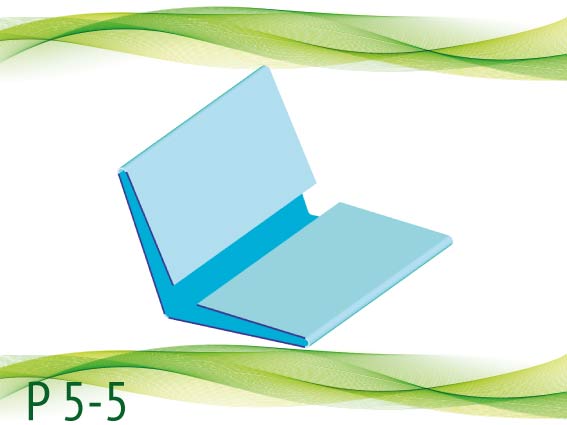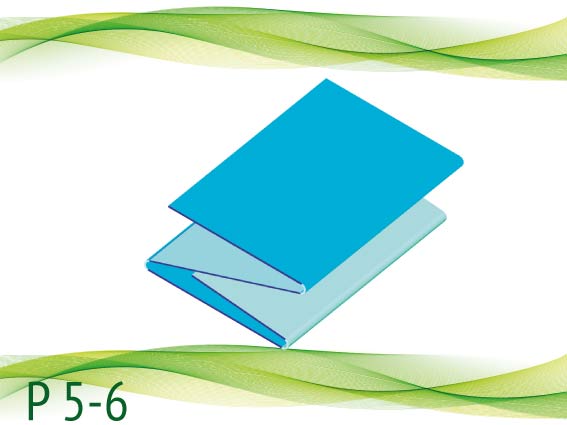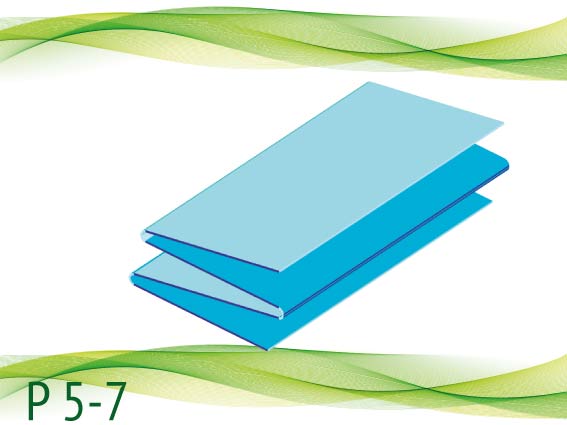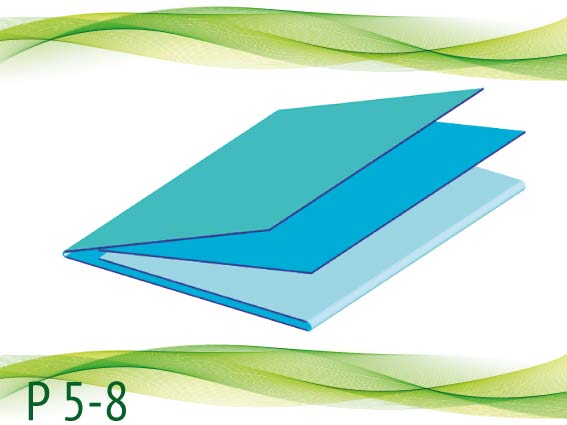Mini Bat Plus
FORMAT 45 x 90 cm
FOR CREASING PAPER AND CARDBOARD (80/600 g) IN THE PRODUCTION OF COVERS WITH FLAPS, LEAFLETS, GATE FOLDS, AN SO ON.
- Max. paper size: 45 x 90 cm
- Min. paper size: 15 x 20 cm
- Speed, A4 size, 1 creasing line: 11000 pcs/h
- Grammage: 80~600 g
ATTACHMENTS
- Die-perforation.
- Start/Stop circular perforation.
- Special creasing knife for digital printings.
- Motor driven table connecting the creasing group to the first folding group.
- Folding groups.
- * ROBOPERF – Possible jobs: cards, vouchers, tickets, etc.
FEEDER:
- Pile feeder with vacuum belt and automatic device for cleaning the valve. It is equipped with air blasts for spacing the sheets, when there is no suction.
- Front and side blowers for separating the sheets. Height, positioning, quantity and volume values are all adjustable.
LAY REGISTER TABLE:
- Lay register table with round belts, in lower and upper position, anti-scratching for UV-coated and laminated sheets.
CREASING:
- Die creasing.
- Easily replaceable matrixes thanks to a bayonet system that enables quick changes in creasing width (Optimum creasing with all paper grammages).
DELIVERY:
- Delivery table for hand collection
PROGRAMMING – CONTROLS:
- Colour programming touch screen.
- Digital programmer to set creasing positions and all machine data.
- Jobs storage.
- Copy counter.
- Output counter.
- Programmable copy divider (batches).
PROGRAMMABLE SYSTEM FOR CIRCULAR PERFORATION
*ROBOPERF
The attachment is compatible only with Mini Bat Plus
Equipped with a plotter-like movable head, for longitudinal and cross perforations that can be adjusted directly on the touch screen.
D = work direction
A1 = positioning limit of the perforation longitudinal line, only on the left side
Processable grammage = min. 80 g – max. 400 g
NUMBER OF EVENTS = max. 20
EVENTS EXPLANATION
CREASING = it uses one event
PERFORATION LINE = it uses one event
TOLERANCES: position ± 0,1 mm. – inclination ± 0,12°
MAX SPEED: CREASING AND PERFORATION
from 200 to 3000 sheets/hour.
Example with an A4 sheet (see drawing above) = speed 2000 sheets/hour.
- Creasing.
- Cross perforation.
- Longitudinal perforation.
